Ignacy Stępka
Explaining Concept Drift through the Evolution of Group Counterfactuals
Sep 11, 2025Abstract:Machine learning models in dynamic environments often suffer from concept drift, where changes in the data distribution degrade performance. While detecting this drift is a well-studied topic, explaining how and why the model's decision-making logic changes still remains a significant challenge. In this paper, we introduce a novel methodology to explain concept drift by analyzing the temporal evolution of group-based counterfactual explanations (GCEs). Our approach tracks shifts in the GCEs' cluster centroids and their associated counterfactual action vectors before and after a drift. These evolving GCEs act as an interpretable proxy, revealing structural changes in the model's decision boundary and its underlying rationale. We operationalize this analysis within a three-layer framework that synergistically combines insights from the data layer (distributional shifts), the model layer (prediction disagreement), and our proposed explanation layer. We show that such holistic view allows for a more comprehensive diagnosis of drift, making it possible to distinguish between different root causes, such as a spatial data shift versus a re-labeling of concepts.
DetoxAI: a Python Toolkit for Debiasing Deep Learning Models in Computer Vision
May 02, 2025Abstract:While machine learning fairness has made significant progress in recent years, most existing solutions focus on tabular data and are poorly suited for vision-based classification tasks, which rely heavily on deep learning. To bridge this gap, we introduce DetoxAI, an open-source Python library for improving fairness in deep learning vision classifiers through post-hoc debiasing. DetoxAI implements state-of-the-art debiasing algorithms, fairness metrics, and visualization tools. It supports debiasing via interventions in internal representations and includes attribution-based visualization tools and quantitative algorithmic fairness metrics to show how bias is mitigated. This paper presents the motivation, design, and use cases of DetoxAI, demonstrating its tangible value to engineers and researchers.
Counterfactual Explanations with Probabilistic Guarantees on their Robustness to Model Change
Aug 09, 2024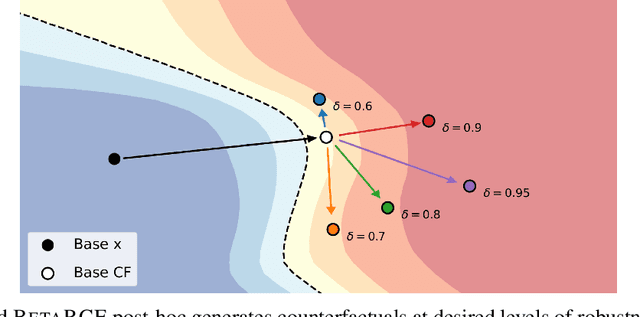
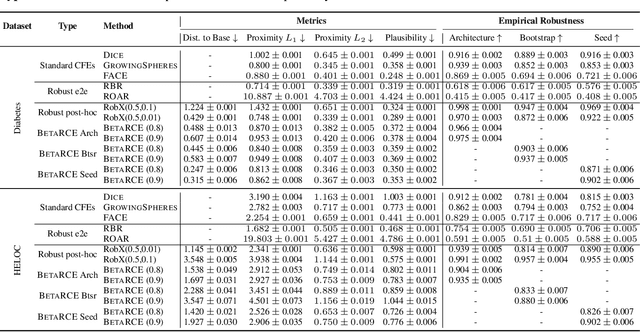
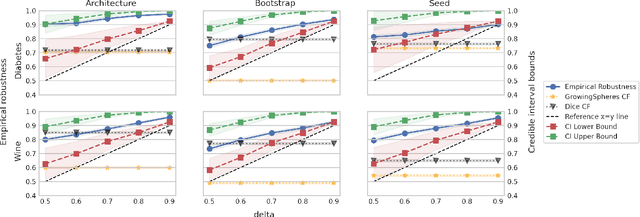
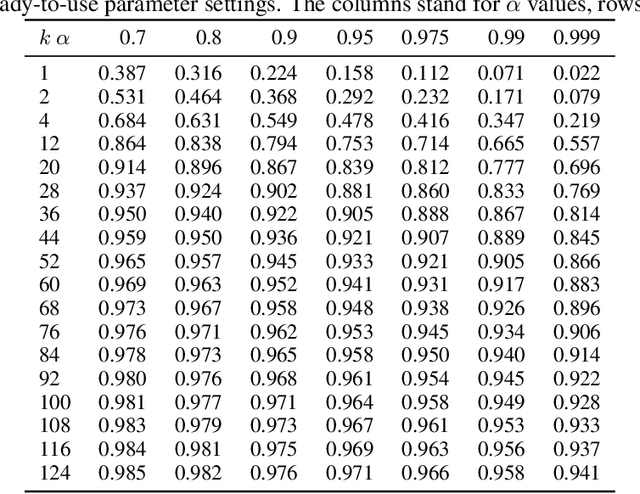
Abstract:Counterfactual explanations (CFEs) guide users on how to adjust inputs to machine learning models to achieve desired outputs. While existing research primarily addresses static scenarios, real-world applications often involve data or model changes, potentially invalidating previously generated CFEs and rendering user-induced input changes ineffective. Current methods addressing this issue often support only specific models or change types, require extensive hyperparameter tuning, or fail to provide probabilistic guarantees on CFE robustness to model changes. This paper proposes a novel approach for generating CFEs that provides probabilistic guarantees for any model and change type, while offering interpretable and easy-to-select hyperparameters. We establish a theoretical framework for probabilistically defining robustness to model change and demonstrate how our BetaRCE method directly stems from it. BetaRCE is a post-hoc method applied alongside a chosen base CFE generation method to enhance the quality of the explanation beyond robustness. It facilitates a transition from the base explanation to a more robust one with user-adjusted probability bounds. Through experimental comparisons with baselines, we show that BetaRCE yields robust, most plausible, and closest to baseline counterfactual explanations.
A SAT-based approach to rigorous verification of Bayesian networks
Aug 02, 2024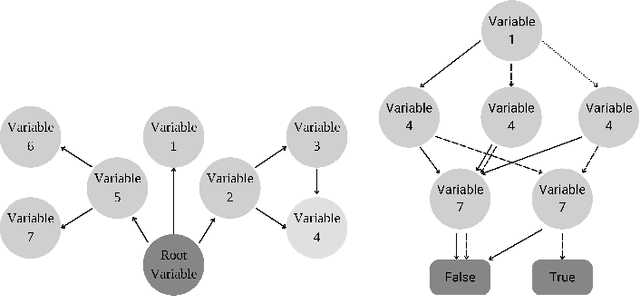
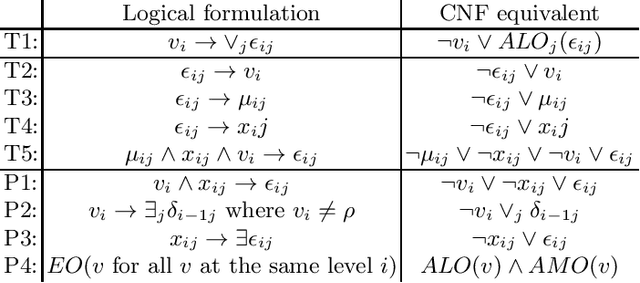
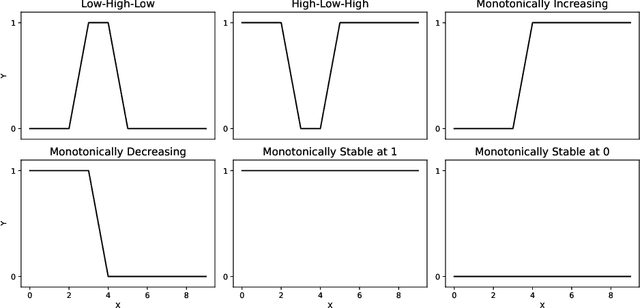

Abstract:Recent advancements in machine learning have accelerated its widespread adoption across various real-world applications. However, in safety-critical domains, the deployment of machine learning models is riddled with challenges due to their complexity, lack of interpretability, and absence of formal guarantees regarding their behavior. In this paper, we introduce a verification framework tailored for Bayesian networks, designed to address these drawbacks. Our framework comprises two key components: (1) a two-step compilation and encoding scheme that translates Bayesian networks into Boolean logic literals, and (2) formal verification queries that leverage these literals to verify various properties encoded as constraints. Specifically, we introduce two verification queries: if-then rules (ITR) and feature monotonicity (FMO). We benchmark the efficiency of our verification scheme and demonstrate its practical utility in real-world scenarios.
Multi-criteria approach for selecting an explanation from the set of counterfactuals produced by an ensemble of explainers
Mar 20, 2024Abstract:Counterfactuals are widely used to explain ML model predictions by providing alternative scenarios for obtaining the more desired predictions. They can be generated by a variety of methods that optimize different, sometimes conflicting, quality measures and produce quite different solutions. However, choosing the most appropriate explanation method and one of the generated counterfactuals is not an easy task. Instead of forcing the user to test many different explanation methods and analysing conflicting solutions, in this paper, we propose to use a multi-stage ensemble approach that will select single counterfactual based on the multiple-criteria analysis. It offers a compromise solution that scores well on several popular quality measures. This approach exploits the dominance relation and the ideal point decision aid method, which selects one counterfactual from the Pareto front. The conducted experiments demonstrated that the proposed approach generates fully actionable counterfactuals with attractive compromise values of the considered quality measures.
 Add to Chrome
Add to Chrome Add to Firefox
Add to Firefox Add to Edge
Add to Edge